Time performance is one of the most crucial factors when working on a project. A delayed schedule not only eats into your profits, it also impacts your ability to start your next project on time. Frequent delays on site are a very common problem in the industry across the globe. According to a survey conducted by Cornerstone Projects LTD, contractors in the U.K. estimate that “up to 30% of their projects are subject to delays.” These delays can “cost companies up to 20% more than the initial estimated cost” of a project.
Explore 12 Futuristic Technology Trends Solving Concrete's Biggest Challenges.
Delays are often caused by several different factors, including; poor planning, unrealistic scheduling, lack of or delay in information about the project, changes to the initial specifications, environmental conditions, and resource availability (Cornerstone Projects). Therefore, despite your best efforts to complete a project by your planned deadline, many of these setbacks are out of your control. A frequent cause for these delays that is often overlooked is the time-consuming process of concrete cube testing for compressive strength.
Check out this infographic about how much delays are costing the construction industry here
The Gruelling Process of Concrete Cube Testing
If your latest project is anything like most concrete construction job sites in the UK or Asia, we’re betting you use cube testing to monitor the strength of your in-situ slab. If so, you probably know that this practice requires some patience. The methodology behind this test has been used on jobsites since the 19th century. Despite that, little to no progress has been made to speed up the testing process. Considering all the advancements made in every other industry, it is a wonder that we are still using a method to test concrete strength that pre-dates the invention of the telephone.
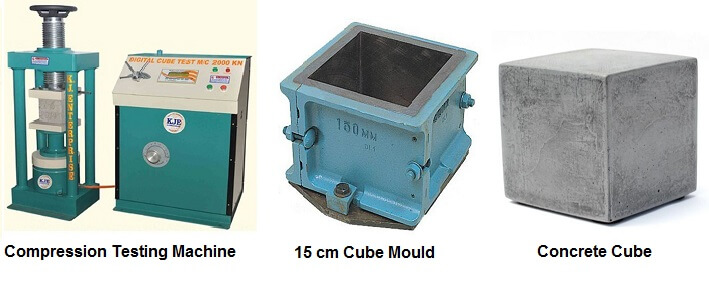
Whether you are choosing to follow British Standard 1881 guidelines for air-cured cubes or temperature matched cubes, the process requires specimens to be transported to a third-party lab at some point for compression testing. Depending on the location of your project and the concrete batching plant, it can take nearly two days before someone makes their way to your jobsite to pick up these specimens. And that’s only the first in a series of steps associated with cube testing. You must then wait until your concrete has been curing for seven days before you can receive your first compressive strength results from the lab (unless early testing has been specifically requested).
If you are an experienced worker in the industry, you probably already know that concrete often reaches its required strength much earlier than anticipated. It can even take as little as twelve hours. If your concrete hasn’t hit that strength threshold by the time the first cube specimens are crushed on day seven, you must wait an additional seven or twenty-one days before the plant will perform another strength test on day fourteen and day twenty-eight. During this entire tedious process, construction often completely stops onsite while workers wait for the go ahead to move on to the next steps, such as formwork removal.
This is where your frustration with cube strength testing lies. Knowing that your team could be getting a lot of work done but not being able to resume your jobsite until you have those results in your hands. While you may think that this is one of the causes of delays on your jobsite that is out of your control, it doesn’t have to be.
If Not Concrete Cube Testing, Then What?
While alternative strength practices such as the pull-out test, ultrasonic pulse velocity method, or rebound hammer can be used, they are often considered to be much less reliable and accurate than other methods of strength testing. That is why more and more contractors are turning to wireless concrete maturity sensors. Not only does this method allow you to reduce your reliance on third-party labs, but you are notified in real-time about the strength of your concrete.
Maturity sensors give you accurate and reliable data since they are subjected to the exact curing conditions of the in-situ concrete slab. Fully embedded in the concrete and secured on the rebar before pouring, the temperature of your concrete is constantly monitored with these wireless sensors. Data is then used to automatically calculate compressive strength based on the maturity index from the calibrated mix. This means you immediately know when your concrete is strong enough to move on to the next steps in the construction process, without waiting to hear from the concrete batching plant. The process of using the maturity system on your jobsite is very easy, it only takes four simple steps before you start receiving notifications about your concrete’s compressive strength.
Wanting to reduce their reliance on cube testing and save time on their project was the exact reason Structaform turned to wireless maturity sensors. During the construction of a 12-storey, 70-unit development in Cape Town, South Africa, the team faced a major challenge. They were not allowed to use cranes or major machinery onsite at any point during the project. With limited resources and a limited timeframe to complete the project, they turned to SmartRock® for real time monitoring of their post-tensioned slabs to speed up the process. SmartRock sensors monitored their concrete on an hourly basis, allowing them to tension as soon as the concrete reached 18 MPa, about 36 to 48 hours after their pour, instead of waiting 3 to 5 days for lab results.
For each pour we’ve been able to save anywhere from 3 to 4 days. So, on 10 pours we’re looking at 30 to 40 days. That is a substantial time saving in the construction industry.
– Nickey Marais, Contract manager for Structaform
Keeping your project on schedule to meet your contractual completion time is no easy task. You can try to increase the number of workers on site to speed up the process, but this will end up costing you more money in the long run and is not always practical. So, why not tackle some of the problems associated with delays and rethink the way you are monitoring the strength of your in-situ concrete element?
Learn more about how our wireless maturity sensors, SmartRock®, prevent unnecessary delays on your job site today.
Sources:
QEM Solutions
European Concrete Building Project
Cornerstone Projects Ltd.
Civil Read
The Constructor

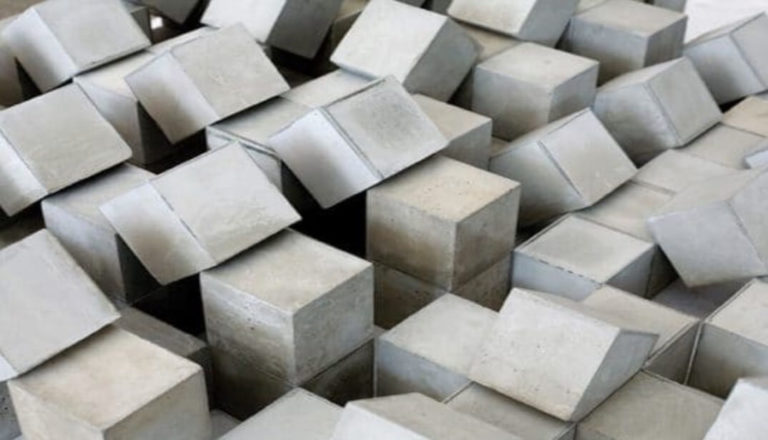
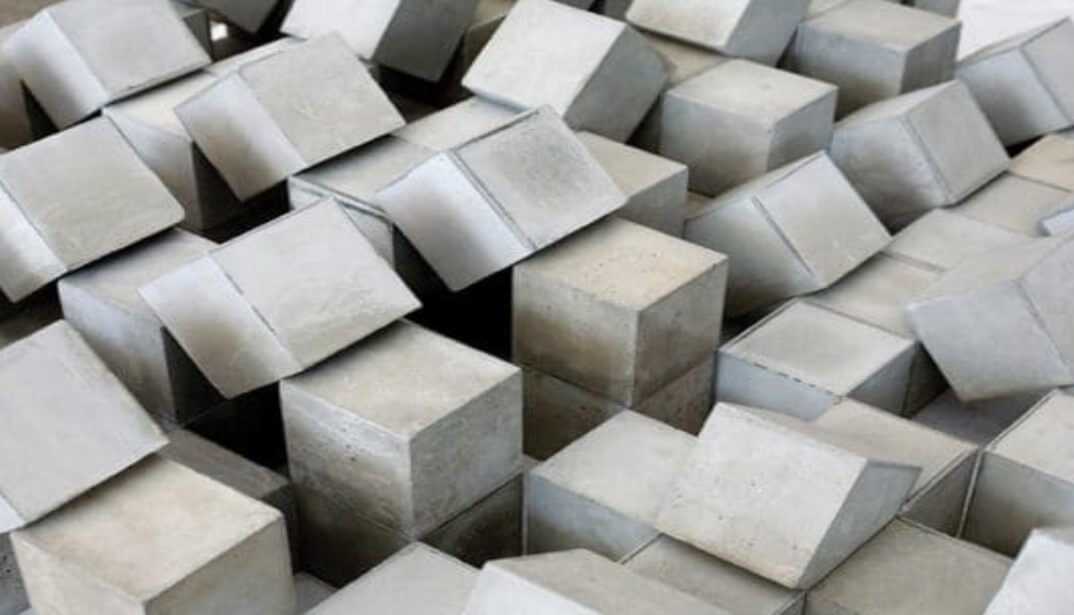
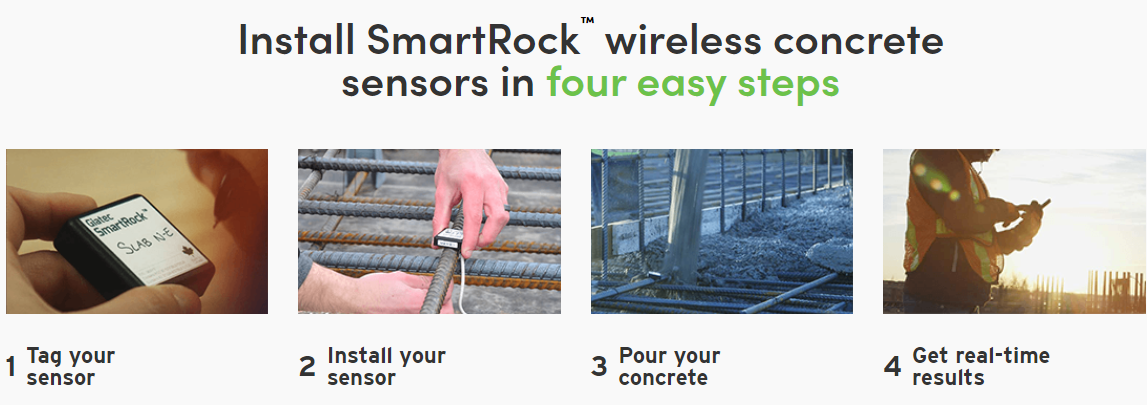





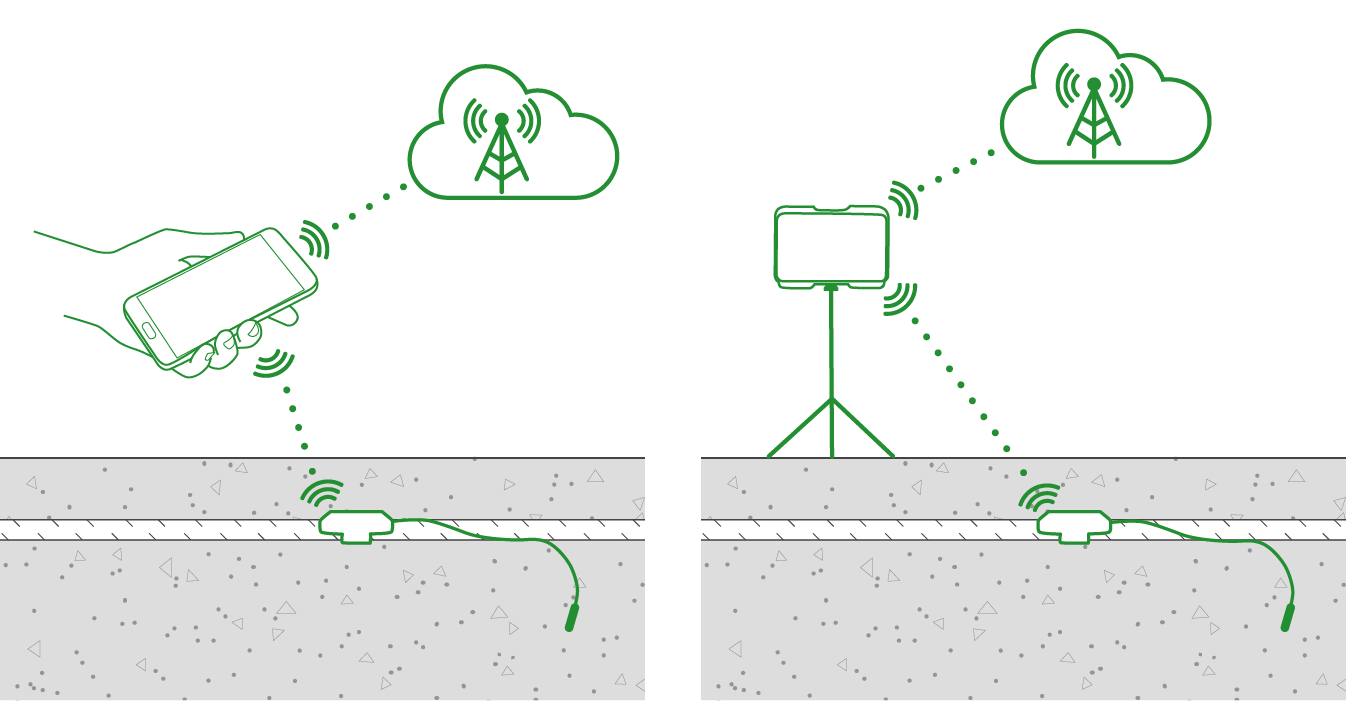
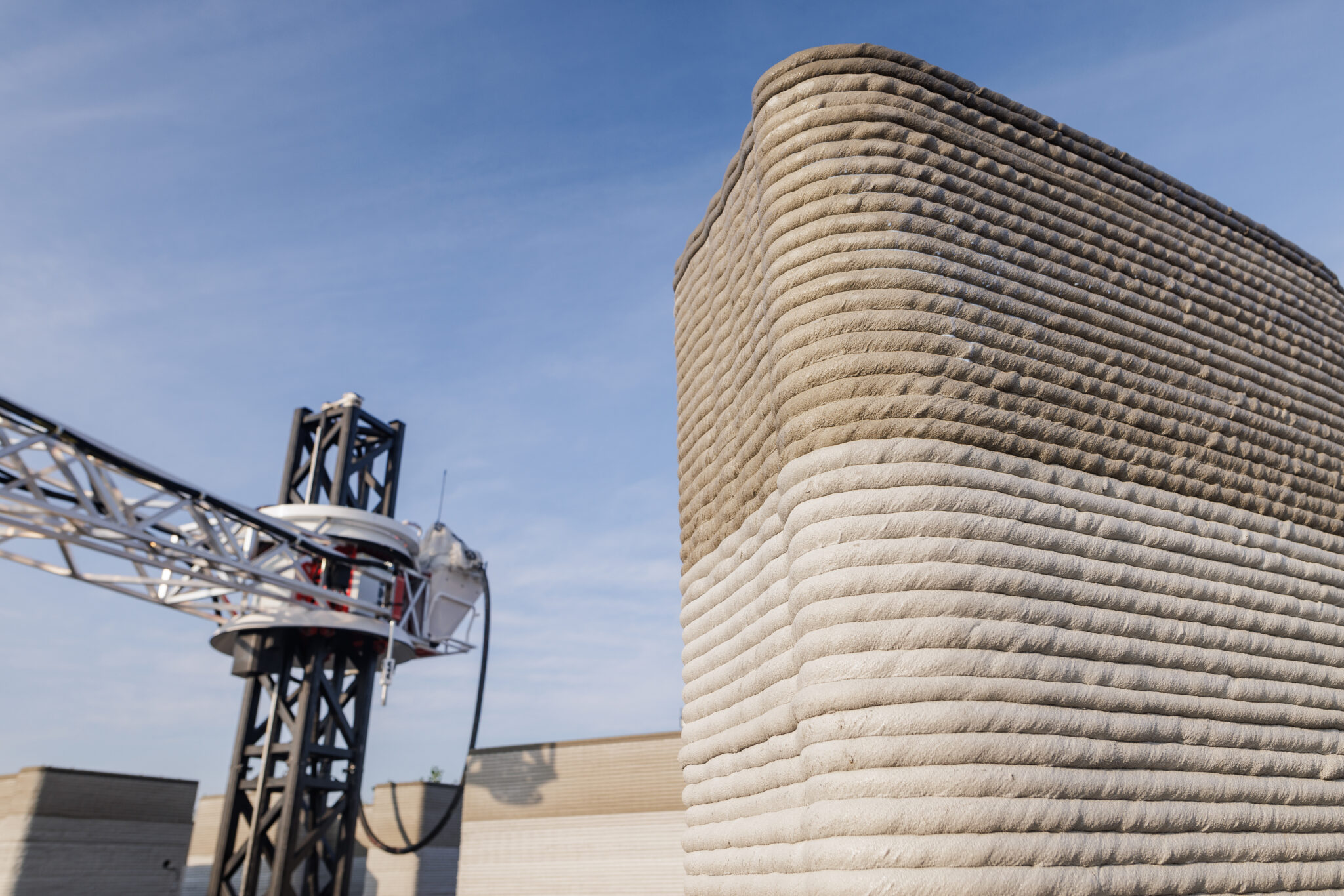

2 Responses
Thanks for this information
this is great article and give good knowledge to me